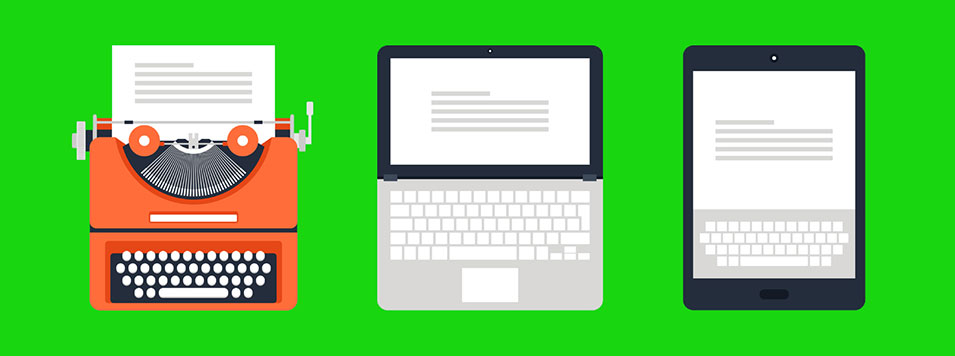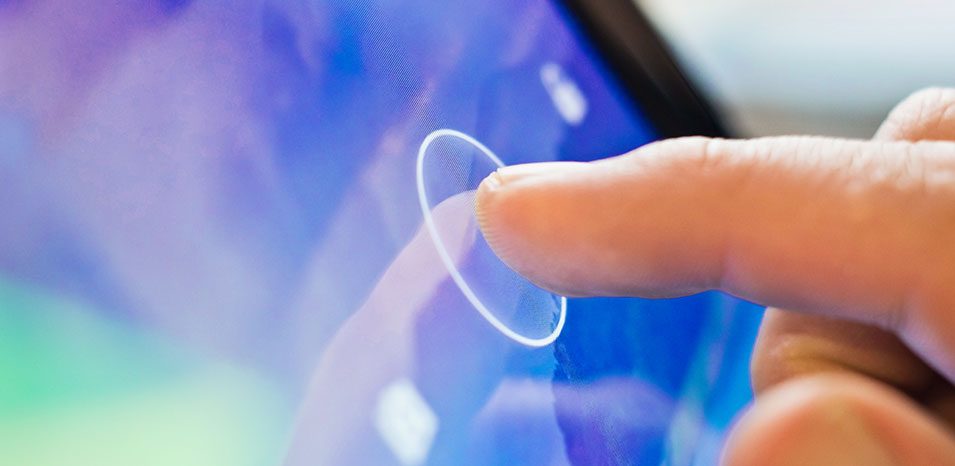An Introduction to Touch Computer Systems
Technology evolves a truly startling pace, and whilst a lot of changes can be missed by those with little interest in technology, due to many changes occurring behind the scenes and focussing on the smoother, faster and more efficient running of numerous IT systems, there are some changes which are more noticeable. Touch screen technology has existed for far longer than many realise, but in this day and age where smart devices are everywhere, touch screen computers are still gaining momentum, and for good reason. Touch screen computers have the advantage of using traditional input devices such as a keyboard and mouse, as well as the added benefit of using tablet like touch screens to provide you with an additional input device. In this article we’ll discuss how touch screens work, why they can be beneficial to your business and how we at Computer Systems Engineers Ltd can help you.
Capacitive or Resistive

Before we delve too deep into the history and applications of touch screens it’s important to know that whilst there’s a variety of a different touch screen available, there are two different kinds that stand out as being the most distinctive. Resistive touch screens utilise several layers within which are two transparent electrically-resistive layers. When enough pressure is applied to these layers to cause them to touch, your device registers that it has been touched and corresponds the relevant action on your screen. Capacitive panels use a transparent conductor that responds to either the natural electricity that the human body produces or another device that carries a specific current. Resistive technology has fallen out of favour in recent years amongst users in favour of capacitive technology, which is what can be found on many popular devices such as recent Android phones, iPhones and more. Resistive panels are generally considered to be less responsive than their capacitive counterparts, but do have the benefit of being far cheaper to produce.
The History of Touch Computer Systems
Articles on the early development of touch screens can be traced all the way back to 1965, but it wasn’t until 1982 that the first resistive touch screens went into production for use in the public domain. Since then the use of touch technology has expanded and today touch screen technology can be seen almost everywhere. From the early days of being present in kiosks where it made sense to have a system that was easy and intuitive for everyone to use, touch screen technology started to become prevalent in offices around the world and following the popularity of smart devices, companies such as Microsoft have invested time and money into ensuring that their operating systems make good use of the technology.
Useful Applications

Touch technology has numerous benefits and useful applications that are relevant to numerous industries and sectors. Present day Point of Sale (POS) systems almost exclusively use touch screens, and many more hands on sectors where a keyboard and mouse just aren’t practical can gain great benefit from touch computer systems. While the humble keyboard and mouse has been a mainstay input device for an exceptional number of years for good reason, its input method can be seen as being quite abstract. In any job where design is prevalent having a touch input device just makes sense, as touch inputs are far more intuitive and replicate the way that a designer would work in a world without computers, emulating the way you would use paper and pen. Beyond its use in specific work places; around the office touch screens can be great for improving productivity and provide an intuitive way for even the most technophobic individual to get the most out of their office computer.
OS Evolution

As previously mentioned companies such as Microsoft have endeavoured to make sure that their Operating Systems (OS) is designed with touch screen computers in mind. And they have done so not just in homes but in the office by ensuring that OSs such as Microsoft’s Windows has been designed with touch screen input in mind. Microsoft received a lot of criticism over Windows 8 from users who argued that the OS had been designed with touch screens in mind at the exclusion of a good keyboard and mouse interface. Microsoft have resolved this in Windows 10, but it’s evident that a touch interface is still at the heart of Windows 10, and the idea that this OS is scalable between mobile devices, tablets, laptops and desktops alike is still very noticeable.
How We Can Help
At Computer Systems Engineers Ltd we have over 20 years of experience behind us in providing a wide variety of IT solutions to businesses across Sussex, from IT Support through to car dealer IT Consultancy services. As part of our IT Consultancy service we can assist in ensuring that you have the knowledge you need to make sure that your business runs smoothly and productively with a strong backbone of a great IT infrastructure in place. This means that we can help you to assess the benefit of touch screen computers to your business and advise the best way to acquire the hardware you need, and we can even provide our services during their installation. At CSE Ltd our commitment is to providing you with the IT systems that you need to have a productive work place, and we want to ensure that we do so with a level of service that will ensure your satisfaction. If you want to find out more about how we can help your business with touch screen computers, or for assistance through any of the services that we offer don’t hesitate to get in touch. You can contact us by filling out our online contact form or by calling us on 01444 238070 where our friendly team will be more than happy to assist you with your enquiry.






